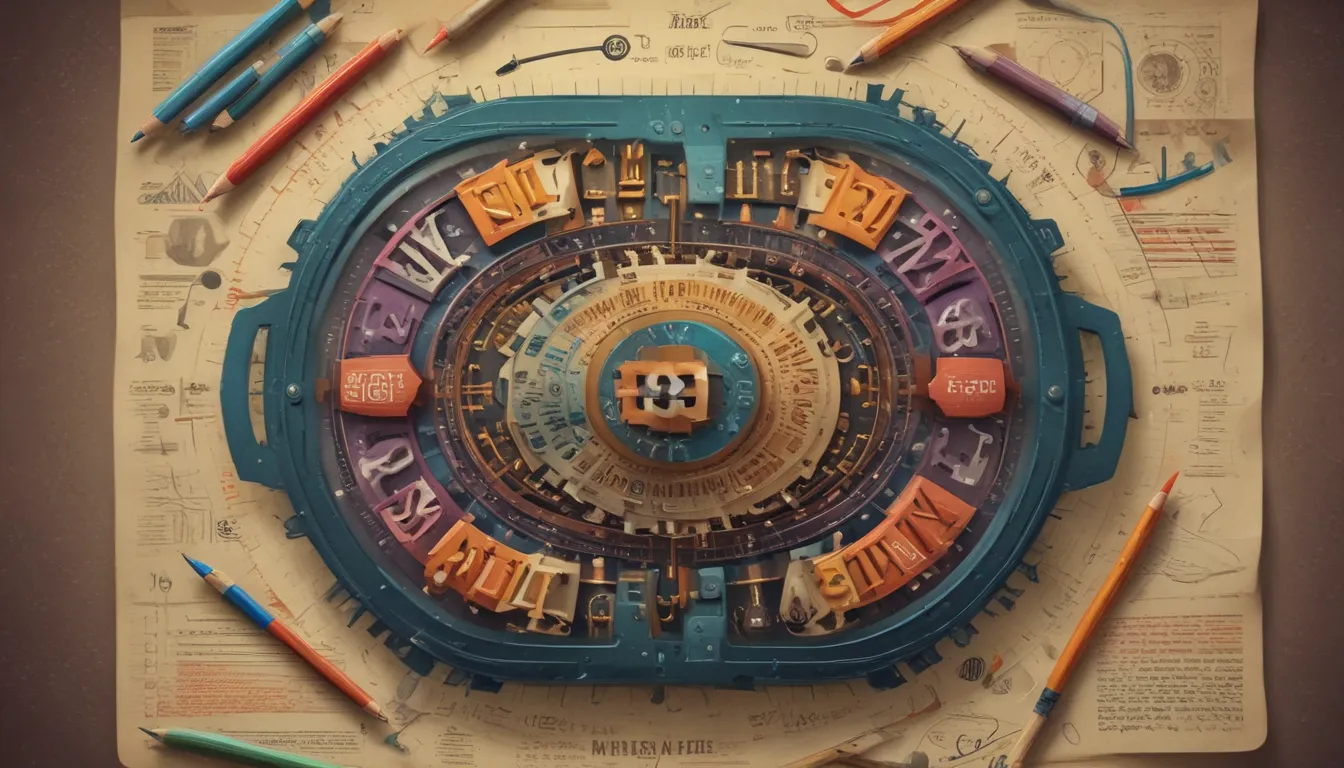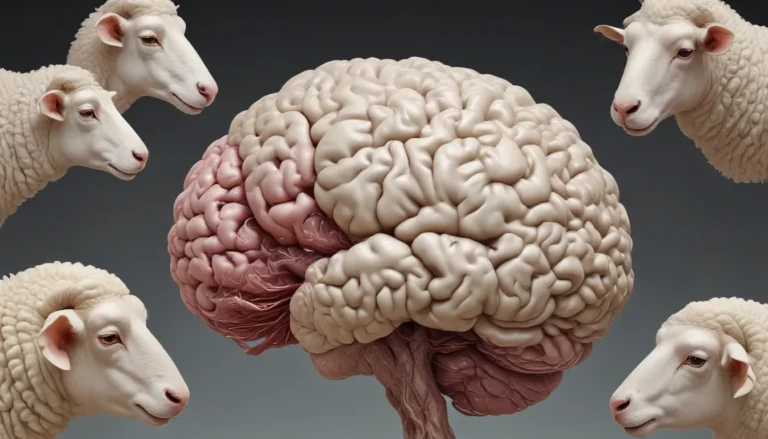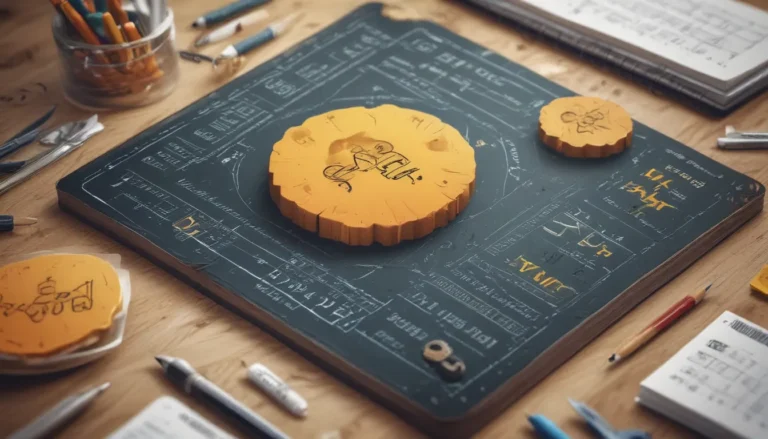A Note About Images: The images used in our articles are for illustration purposes only and may not exactly match the content. They are meant to engage readers, but the text should be relied upon for accurate information.
Are you ready to embark on a journey to enhance your understanding of basic addition? Whether you’re a student, a parent, or an educator, mastering the art of addition is crucial for laying a strong mathematical foundation. In this comprehensive guide, we will explore 10 addition facts to 10, providing you with valuable insights and tips to strengthen your computational skills. So let’s dive in and unlock the secrets of addition!
The Addition Fundamentals
Before we delve into the specific addition facts, let’s ensure we have a solid grasp of the basic principles of addition. Addition is a mathematical operation that involves combining two or more numbers to find their total or sum. It is symbolized by the “+” sign, with the numbers being added referred to as addends and the result as the sum.
Visualize with the Number Line Method
One useful tool for grasping addition concepts is the number line. This visual representation of numbers helps illustrate the process of adding two numbers. By starting with the first addend and moving to the right by the value of the second addend, you can easily determine the sum on the number line.
0 + 10 = 10: The Power of Zero
Adding zero to any number results in that number itself. Therefore, when you add zero to ten, the sum remains ten. This fact highlights the importance of understanding the impact of zero in addition.
1 + 9 = 10: The Perfect Pair
The sum of one and nine is ten, introducing the concept of number pairs that add up to ten. These number bonds serve as building blocks for more complex mathematical operations, enhancing your mental math skills.
2 + 8 = 10: Finding Harmony in Numbers
Another number pair that sums up to ten is two and eight. Recognizing these number pairs enhances your ability to perform mental calculations swiftly and accurately, paving the way for mathematical fluency.
3 + 7 = 10: Unveiling Patterns
Continuing the pattern, three and seven form yet another number pair that results in a total of ten. By mastering these number bonds, you develop a deeper understanding of addition and unlock the door to more challenging problems.
4 + 6 = 10: Symmetry in Mathematics
The number pair consisting of four and six adds up to ten, showcasing the symmetry and patterns inherent in mathematics. Recognizing these patterns adds a layer of enjoyment and intuition to the world of addition.
5 + 5 = 10: The Art of Balance
Five and five create a balanced number bond of ten, highlighting the concept of equality in addition. This fact demonstrates the beauty of symmetry and balance in mathematical operations.
6 + 4 = 10: The Commutative Property
By reversing the order of the addends from Fact 5, we discover that six and four also sum up to ten. This illustrates the commutative property of addition, emphasizing that the order of addends does not alter the sum.
7 + 3 = 10: Building a Strong Foundation
Seven and three form yet another number pair that adds up to ten. By mastering these addition facts, you lay a solid groundwork in basic arithmetic, setting the stage for tackling more complex mathematical challenges.
8 + 2 = 10: Completing the Puzzle
The number bond of eight and two results in a sum of ten, underscoring the concept of complementary numbers. Two numbers coming together to form a whole showcases the beauty of addition.
9 + 1 = 10: The Final Piece
The number pair of nine and one sums up to ten, completing the set of addition facts to ten. By mastering these fundamental facts, you strengthen your grasp of basic addition operations.
Embrace Your Success
Congratulations on exploring the 10 addition facts to 10 and deepening your understanding of addition! By familiarizing yourself with number pairs and practicing mental math techniques, you enhance your computational skills and establish a robust mathematical foundation. Approach addition with curiosity, embrace the patterns and symmetry within numbers, and step confidently into the world of mathematics, where endless possibilities await.
FAQs: Your Guide to Mastery
What are number bonds?
Number bonds are pairs of numbers that, when added together, yield a specific sum. In the case of addition to ten, number bonds consist of pairs of numbers that add up to ten, such as 2 and 8, or 5 and 5.
How can I help my child master addition to ten?
Encourage your child to practice mental math using number bonds and the number line method. Engage in fun activities and games that involve addition and provide ample opportunities for hands-on practice.
Why is it important to learn addition to ten?
Mastering addition to ten lays the groundwork for more advanced mathematical concepts, strengthens mental math skills, enhances number sense, and fosters problem-solving abilities.
Are there online resources or apps to practice addition skills?
Yes, numerous online resources and educational apps offer interactive games and exercises to reinforce addition skills. Popular options include Khan Academy, Math Playground, and ABCmouse.
How can I make learning addition enjoyable for my students?
Incorporate manipulatives like counters or cubes for a hands-on learning experience. Utilize games, puzzles, and real-world examples to make the learning process engaging and relatable for students.
In Closing
As you navigate the world of addition and explore the beauty of numbers, remember that each step you take contributes to your mathematical journey. Embrace the challenges, relish the discoveries, and trust in your ability to conquer new heights in the realm of mathematics. With dedication, practice, and a curious spirit, you are bound to excel in the art of addition and beyond. Happy calculating!






